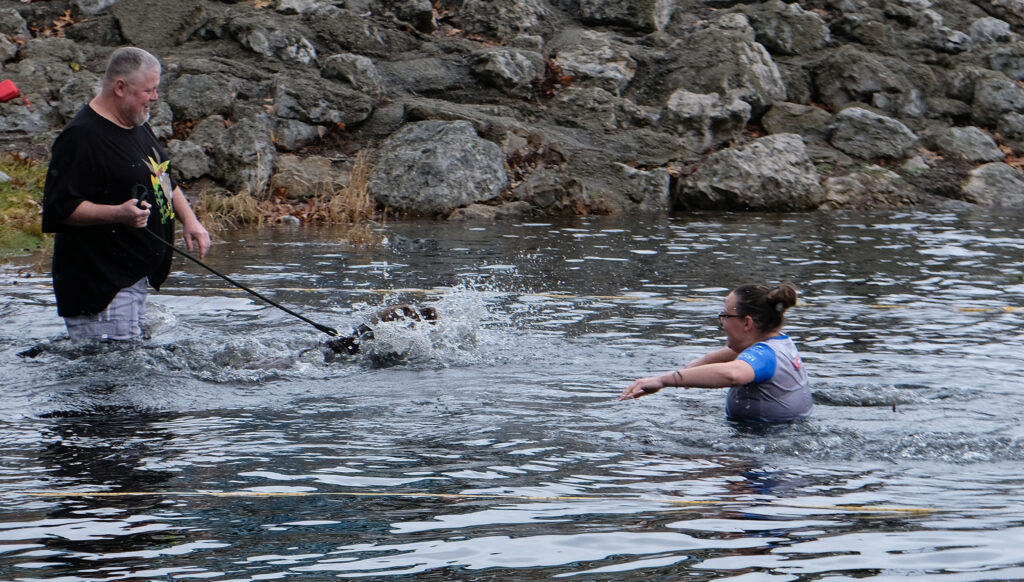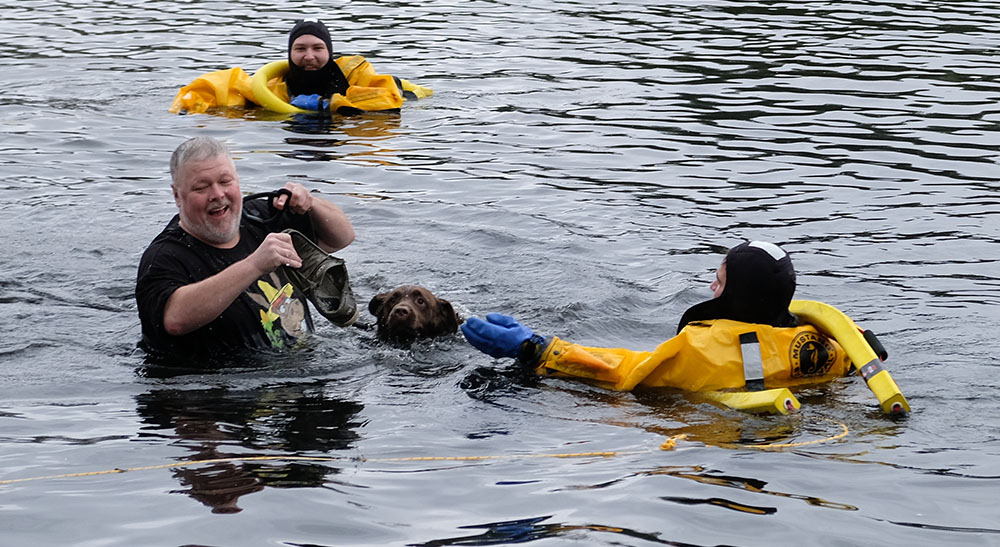Once upon a time in the not too distant past, a call to the City of Toledo’s hotline – (419) 936-2020 – was considered a dead end. Former Toledo mayor Mike Collins set out to fix it as a top priority for his incoming administration.
After Mike’s passing, Mayor Paula Hicks-Hudson picked up where the Collins administration left off. But alas, progress was slow. Paula sardonically called the city’s hot-line a “419-936-Black-Hole.” Many things went in and few came back out. Enter Jennifer Jaqua, Toledo’s commissioner of Customer Service and Engagement.
I ran into Jenny at a Toledo Walleye game recently and told her to keep up the good work for expeditiously taking care of a few calls I made to Engage Toledo recently (road kill near the Ottawa Park walking path and a water line leak on Kenwood Blvd.).

She thanked me and mentioned that Engage Toledo was recently approached by the City of Rochester, New York, inquiring how Toledo’s call center made such a dramatic turnaround. When other cities are asking how Toledo does it, it’s a story worth telling. I requested and was granted an interview with Jenny about Engage Toledo’s success story.
From my time on city council, I knew Jenny started with the City of Toledo as a legislative aide for city council in 2005. She was well-suited for this position after a very successful tenure as an overseas flight attendant for a major airline. Customer service came naturally for her. In 2011, Mayor Mike Bell appointed Jenny to manager of the Public Utilities Administration call center, which was responsible for dealing with incoming calls from citizens for water and sewer service issues.
Things were improving but persistent problems remained. Then a rain event occurred in 2015, of which Jenny said, “I’ll never forget those dates, June 26-27, when it rained for 48 hours straight.”
Calls were coming in from all over the city reporting flooding, sewer and all types of issues overwhelming the capabilities of the staff and telephone system. According to Jenny, the city administration conducted a debriefing about the problems with the current system and ideas for improvement. At the conclusion of that meeting, Mayor Hicks-Hudson and Public Utilities director Ed Moore told Jenny, “Congratulations, you have just become our manager of a city-wide 24 hour call center.”
Four months later, through the efforts of Public Utilities commissioner Abby Arnold and Jenny, Engage Toledo was created. During the first year, Engage Toledo took in about 70,000 calls for service. Fast forward to 2023, when Engage Toledo received 138,690 inbound calls for service. Here’s how the system works.
The average call is about 3½ minutes in length. The call taker usually asks the caller three to five questions and the request is assigned a reference number. The request for service is automatically sent to the division effected. From there, the on-duty foreman or supervisor assigned prioritizes the requests based on urgency. Water line breaks, traffic lights out, and matters of public safety receive immediate attention.

Jenny explained that every department has its own timeline for investigating requests for service with some departments having staff on duty 24/7 to handle requests, such as water in basement or debris in the roadway. On average, requests are initially investigated within 24-72 hours. In some instances, the initial investigation must be followed up by work orders to complete the request.
She went on to say that every division in the city has the capability to monitor all the calls received through Engage Toledo. For example, the police department monitors the frequency of reported residential speeding and uses that data to determine where to assign their crews for speed enforcement. Sometimes requests take longer to resolve, such as when it is necessary to track down the owner of a nuisance property or seek determinations from the Municipal Court process.
The most frequent calls are questions about the city income tax process, followed by code compliance issues. Some calls can be quite unique, such as, “there is a rooster on my car” or “I dropped my keys down the sewer grate.” Progress on requests for service can be checked using the reference number if the resident isn’t already notified of the resolved issue in the system.
She noted that in 2020, the Kapszukiewicz administration, recognizing the important resource Engage Toledo had become for the entire operation of the city, moved Engage Toledo from the Department of Public Utilities to the Department of Information Technologies so that, at an organizational level, we support all the city divisions.
With that move, Jenny was promoted to commissioner of customer service and engagement.
Asked for her final thoughts from 90 minute discussion as to the evolution of Engage Toledo, she went on to state, “I believe that Engage Toledo has brought trust and confidence.

“When a resident contacts Engage Toledo about a concern, it is in our tracking system; the city knows about, follows up and investigates the concern. Whereas before, residents didn’t have confidence that the city would address an issue. Now we can track everything, see pictures, detailed comments from the division and PDFs of communication on the topic.
“This [improved trust] is reflected in the doubling of our requests for service since its beginning. It is trust and confidence that is connecting the residents to the city services,” she stressed, “If you see an issue in the city, don’t assume the city knows about it. Take the time to report it to Engage Toledo.”
All citizens should heed Commissioner Jaqua’s advice. I know I shall continue to do so.
How to contact Engage Toledo
Residents do not need to know all phone numbers of the different city departments ... just one! Here are several ways to engage:
- Call 419-936-2020 | 24/7, 365 days a year.
- Email at engagetoledo@toledo.oh.gov.
- Visit the website, toledo.oh.gov/engage, and create a service request through the customer service portal.
- Download the Engage Toledo mobile app at toledo.oh.gov/app.
- And soon, city council will consider approval of software called Chat Bot, where residents can ask questions on the city’s website and opt in to be able to text service requests.
























